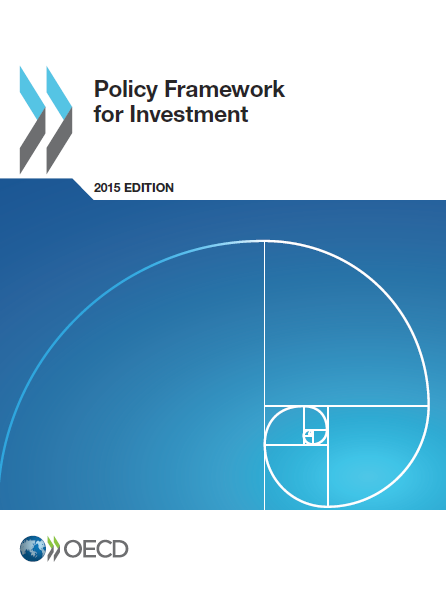Publications
Filter by
457 results found
Seeking an Efficient Coordination of Investment, Budgeting and Financing Cycles in Latin America and the Caribbean



The EIB Group is committed to continue maintaining a stringent policy against tax fraud, tax evasion, tax avoidance as well as money laundering and terrorism financing.


This paper "Pooling of Institutional Investors Capital - Selected Case Studies in unlisted equity infrastructure" aims to provide clarity on some of the issues associated with the evolving field of infrastructure investment and more.



This Fifth edition of the PwC Indonesia Power in Indonesia: Investment and Taxation Guide has been written as a general investment and taxation guide for all stakeholders and those interested in the power sector in Indonesia.


This report discusses findings from four case studies of the pre-investment stage in infrastructure projects in Latin America and the Caribbean.

Deloitte's Analytics Institute published this analysis of how new technology and data analytics can be used for predictive maintenance.

The OECD Principles for Public Governance of Public-Private Partnerships provide concrete guidance to policy makers on how to make sure that Public-Private Partnerships (PPP) represent value for money for the public sector.

The Infrastructure Prioritization Framework is a multi-criteria decision support tool that considers project outcomes along two dimensions, social-environmental and financial-economic to inform project selection.




This paper examines investments - in the form of equity or debt in direct investments to infrastructure. The reason for focusing on direct investment is twofold. First, the overall analysis of debt and equity capital markets for infrastructure exceeds the scope of this study and involves instruments that trade on regulated stock and bond markets. Second, the analysis of direct investments by private investors in listed infrastructure enables us to focus more on the risk analysis process that these investors typically perform when approaching an investment.

This report gives an overview of the main types of government and market based instruments and incentives able to boost the mobilisation of financial resources to long-term investment.



The procurement guidelines were introduced in April 2015 by ADB. The purpose of these Guidelines is to inform those carrying out a project that is financed in whole or in part by a loan from the Asian Development Bank (ADB), ADB-financed grant, or ADB-administered funds.



This is a summary of policies and procedures governing procurement and selection of consultants in Bank-financed projects.



The NSW Procurement Policy Framework provides a consolidated view of government procurement objectives and the Procurement Board’s requirements as they apply to each step of the procurement process.


Government Procurement Agreement establishes a framework of rights and obligations with respect to laws, regulations, procedures and practices regarding public procurement.

This document provides guidance for users of NEC in determining the procurement and contract strategies to achieve planned outcomes and in the application of contracts from the NEC3 family in meeting these strategies


The Lawrence National Centre for Policy and Management at Western's Ivey Business School was asked by group of firms active in both procurement environments to compare the processes and incentive structures.





